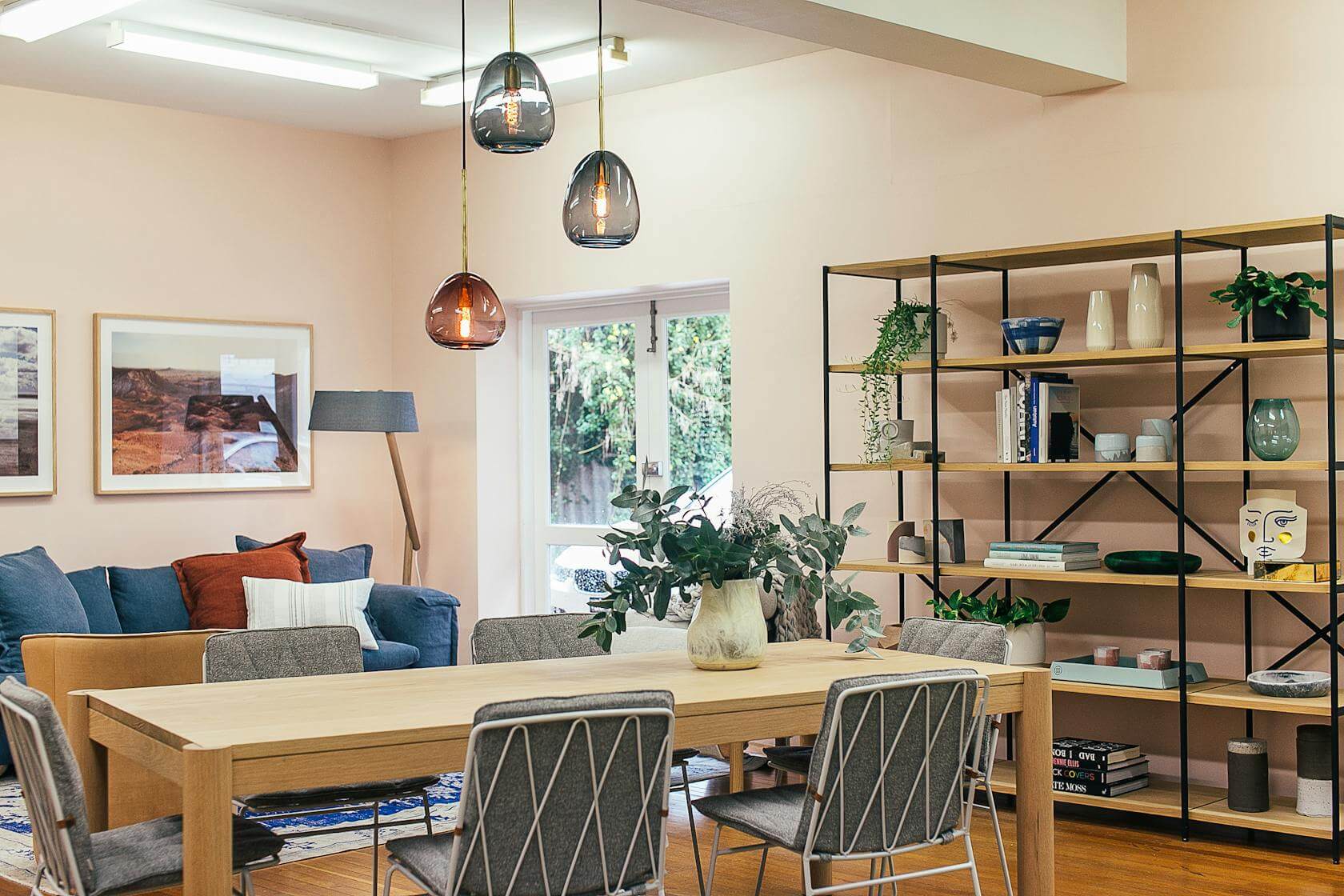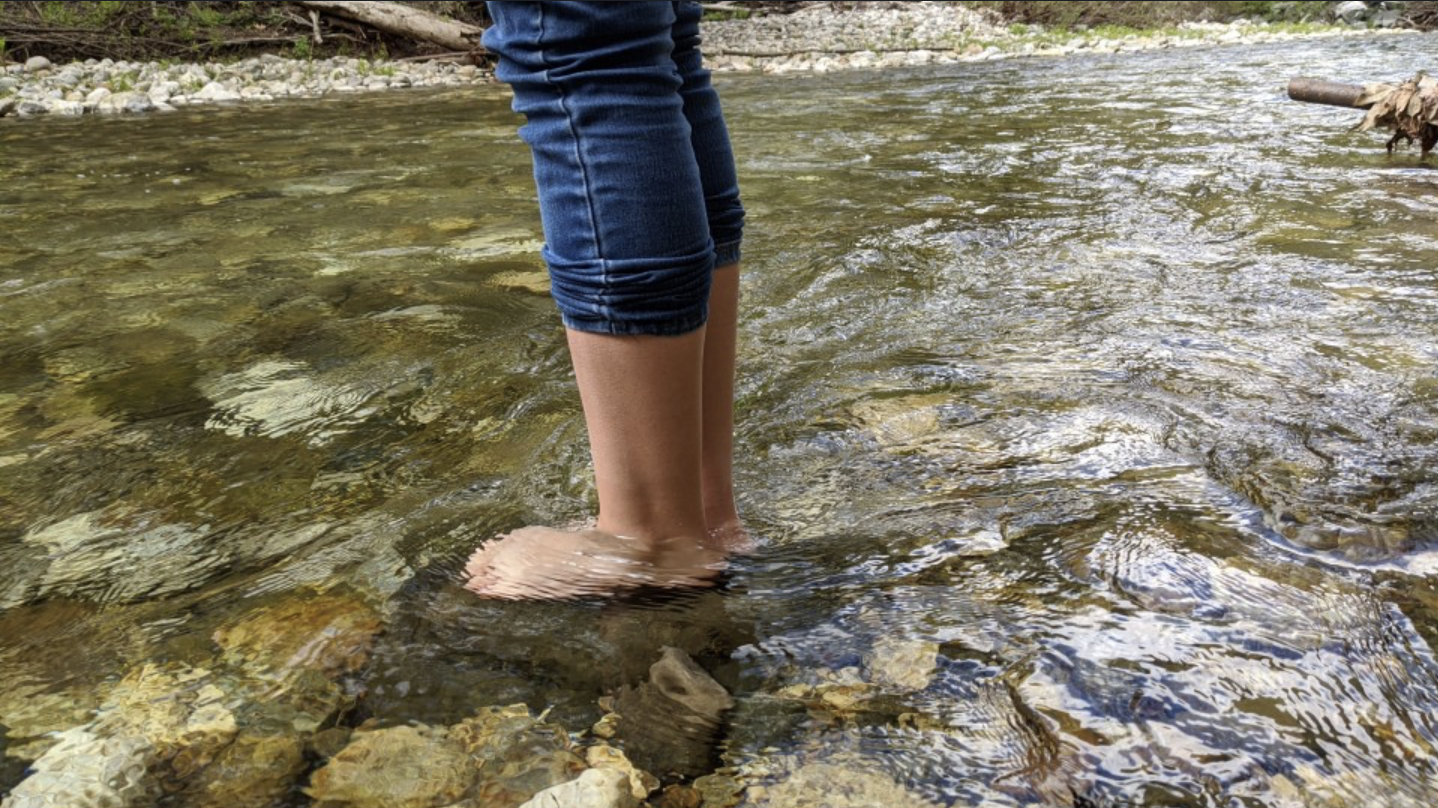Five weeks of remote work and shelter-in-place can shift our worlds to another dimension. It undoubtedly spins mine at an unusually high speed, lifts me out of my elements, and dips me into quicksand. Yes, losing ground and equanimity have not been fun. There are talks on work – life balance. There are discussions on “Flexible Learning Plans” for school age children. There are virtual meetings on how to best address issues without being attributed with all the touchy feely emotions. And then there are expectations.
Two weeks ago, out of intrinsic motivation, I reached out to my Leadership and Team Development professors to soundcheck my method to the madness. Professors Kelly Patterson and Sandy Piderit are the Valley’s well-celebrated lecturers at Santa Clara University. Having a seat in their classes was an essential part of how I manage myself, my projects, and my communication, in-person. But we are in a different dimension now! Our conversation circled around the fundamental blocks to build and scaffold from the basis principles that I was taught in their classes. It was intentional, applicable, and timely to my sanity. Starting week 4 (and beyond), I tore up all the “suggested dose of treatments” and embraced the Flexible Learning Plan, adult edition. For a lot of us, our days have turned into one big virtual environment. We circle one virtual meeting room to the next. We sneak in a second to respond to an instant message. Our phones buzz with notifications from Public Announcements or texts from our loved ones. Our kids would say, on a daily basis, “My meeting starts in a few minutes, I need you to be quiet.” The tables have turned here! And so, in the face of COVID-19, FLEXIBLEis gold standard! Here are what I determine to do, virtually.
Keep the beat – like any piece of music, there is an underlining beat that keeps the notes dancing. For any given day, beat gives me a sense of predictability and structure which then allows me to get into a habit of preparation: who are my audience, what is the context of discussion, how are different ideas being generated, what other lens or points of views should be looked at, and the quality of decisions being made. It is very much like starting with Chopsticks and gradually engaging into Beethoven! Predictability and structure will not work as well in a one-size-fit-all virtual environment where meetings are scheduled around the need of few rather than the need of most. Sandy and Kelly suggested exploring variety of tools – assign and rotate facilitator, use of chat box, whiteboard, breakout rooms, etc. to fully submerge in all the features available for today’s remote functions. In vain of virtual communication, keep the beat going!
Lights, camera, action – there were times when disengagement took over my headspace while attending virtual meetings without seeing people’s faces. Like engagement, disengagement is contagious. I have no place to land my gaze on. The attention span shortens. I zone out. I function best with dialogue, which has an inclusive list of facial expression, eye movements, hand gestures, body language, emotional cues, etc. It is also my strength to listen and practice different levels of empathy: Cognitive empathy (to understand other person’s point of view),emotional empathy (to feel what other person feels), and empathic concern (to sense what other person needs from me). Taking all of these essential elements off the cameras and out of the already disconnected “virtual meeting,” I inadvertently take the life out of basic human connections and devalue my strengths. I may be perfectly engaged with the camera off, but the audience may cast doubts on my degree of engagement that only a face can project, not a blank square with a name tag. Virtual meeting participants need to utilize all the great features for video conferencing to conduct effective meetings and truly connect. So, camera on, visibility of emotions on, engagement – ON!
Check-in, launch, check-out – Prior to this post, I came to realize how “task-oriented” virtual meetings can be. There is an agenda. On it is a list of issues. Now let’s dive in! There is a gap between check-in before launch to feel the “room” temperature; pulse check on emotional baggages (yes, the hangover that we carry from the last meetings before this one) that may dictate the direction how this meeting will go; any possible needs for personalized attentions. A few minutes of unstructured time allow for some breather between what was and what comes next, and to help avoid burn-out. Because of the “task-oriented” nature, there is an implicit expectation that everyone leaves the “room” with plans of attack, from which later require a couple emails or instant messages to clear the cloud. My school age kids and their teachers have this ritual in their virtual meetings, and I’m stealing it!
- On a piece of paper, rate this meeting from the scale of 1 to 10, base on quality of our interaction, our exchange, our materials.
- Everyone shows the scores on cameras and takes a screenshot. These data points will be used to compare progress towards future meetings.
- Justify your ratings! I have to have a very good reason to rate the meeting below 3 or above 8. These justifications serve as excellent stepping stones to continuous improvement effort by everyone, collectively.

If there is a silver lining that comes out from this pandemic, that is “it gives everyone permission to make the right things faster and easier to do.” Ideas are being re-invented; rules are being re-written; innovation is being escalated; and all that administrative and layers of authorizations that used to slow us down and prolong the process are being leapfrogged for execution. We show our true colors and abilities that we could not believe was possible before. In my household, allowing school age kids (middle schoolers and above) to take full control of their distance learning syllabus has resulted in valuable lessons on accountability, time management, lesson organization, utilization of resources, and technological adaptation. In the absence of everything otherwise available to them during normal school hours, they need to make decisions out of inadequate facts and support and aim for the objective presented in the lessons. Don’t be afraid. Don’t be timid. Be wrong! The message here is that we need to become more comfortable with ambiguity and be willing to make speedy decisions in the absence of a complete, unequivocal data or support.
There is an overarching emotion that starts and goes, and sometime lingers with this new flexible work. Glancing back at the first week when the ever-overwhelmingly restrictions due to COVID-19 were put in place and in effect immediately, I treaded those days by the hour, then by the minute, and finally crash onto my own imbalance and groundlessness. I admit that this writing has a dose of vulnerability of what didn’t work for me, and I am embracing it, adjusting mindfully, re-cultivating equanimity and finding footprints on the constantly shifting grounds. I found my beat, my stage, and my ratings. I hope you do, too.

